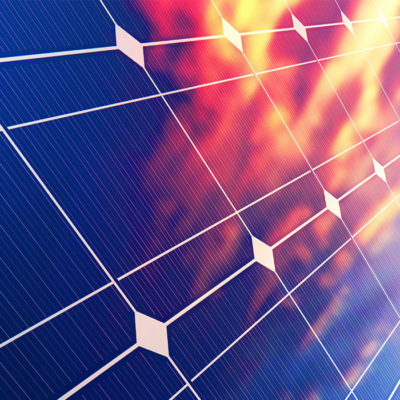
A Closer Look Into Community Solar Panels
The idea and production of solar energy has been in the works for ages in theory. But how does solar energy work? Renewables Worldwide has provided community solar energy for companies at affordable rates to save money and energy. But most don’t know that solar is more than just the sun hitting solar panels. Here is the science behind solar-powered energy.
What Is Solar Energy?
Let’s start with the basics. Solar energy is the most plentiful and accessible of resources, with over 170,000 terawatts of energy hitting the Earth at any time. Solar Panels were invented by Edmond Becquerel at 19 in 1839. Still, technically we have been harnessing the power of the sun since the 7th century B.C. as people discovered that you could light fires with refractions from a magnifying glass or mirror.
How Do Solar Panels Work?
In some ways, the sun can be compared to a nuclear reactor. It releases photons that drop down 93 million miles, hitting the Earth’s surface in about eight to nine minutes. When those photons hit a solar cell, they shake off the electrons attached to them. Once conductors are connected to positive and negative sides of a cell, they create an electric current. The electrons from the photons race through the current to power electricity. The more panels you connect to this circuit, the more power you can expect it to generate.
Weather’s effect on Solar Energy
Don’t think that you can benefit from solar energy because of the area where you live?
While weather conditions can affect the amount of power you can produce, it doesn’t exactly happen in the ways that you might think. You may be surprised to know that solar panels work better in colder temperatures. Technology heats up when it is in constant use, and the same goes for your solar panels. When colder temperatures hit, the panels keep cool so that they don’t overheat. Areas that see more clouds or rain can rest easy too, as there is little difference. The solar radiation from the sun can still pierce through clouds to hit the panels and produce power. On average, electricity production only drops about ten to twenty-five percent on cloudy days. No matter where you live, solar energy provides a great way to help combat climate change and also help you save on electric costs.
Community Solar with Renewables Worldwide
Community solar farms provide clean energy at a low cost for yourself or your business. Our team at Renewables Worldwide is dedicated to giving New England an alternative power source for a sustainable future.




